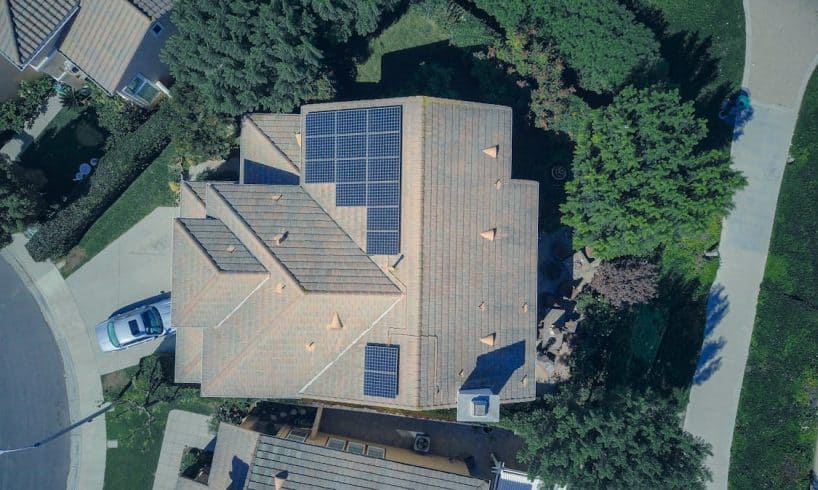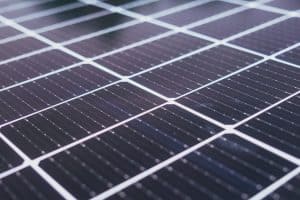
Over the years, the shift toward eco-friendly living has gained substantial momentum, reflecting a growing awareness of environmental issues. As individuals become increasingly informed about the impact of their choices on the planet, the demand for eco-friendly homes has surged.
This article provides a comprehensive analysis of the green real estate trend, exploring its drivers, benefits, challenges, and implications for the future.
The Rise of Eco-Friendly Homes
The concept of eco-friendly homes encompasses a variety of practices and materials aimed at reducing the environmental footprint of residential buildings. These homes are designed to minimize energy consumption, reduce waste, and use sustainable resources. Factors contributing to the rise of this trend include:
Environmental Awareness: As climate change becomes an urgent global issue, more people recognize the importance of sustainable living. Educational initiatives and media coverage have heightened public consciousness regarding environmental degradation.
Government Policies: Various countries have introduced incentives for green building practices, including tax breaks, rebates, and grants for homeowners who invest in sustainable technologies.
Technological Advancements: Innovations in construction materials and energy-efficient technologies, such as solar panels, energy-efficient appliances, and smart home systems, have made eco-friendly homes more accessible and attractive.
Benefits of Eco-Friendly Homes
Investing in eco-friendly homes offers a multitude of advantages, not only for the environment but also for homeowners. If you’re looking to manage or invest in eco-friendly properties, the provenpmi team offers expert property management services that ensure your sustainable homes are well-maintained and running efficiently.
Energy Efficiency
Eco-friendly homes often incorporate energy-efficient designs and appliances. This can lead to significant reductions in energy costs, as homes consume less electricity for heating, cooling, and general use. Homeowners often enjoy lower utility bills, leading to substantial long-term savings.
Increased Property Value
As the demand for sustainable living options grows, eco-friendly homes often command higher market values. Buyers increasingly prioritize energy-efficient features, leading to a competitive edge in the real estate market.
Health Benefits
Green homes generally use non-toxic materials and promote better indoor air quality. Improved ventilation, the use of natural materials, and reduced exposure to harmful chemicals contribute to healthier living environments.
Environmental Impact
By reducing energy consumption and employing sustainable practices, eco-friendly homes minimize the carbon footprint associated with traditional building methods. This helps combat climate change and preserve natural resources for future generations.
Challenges in the Green Real Estate Market
Despite the numerous benefits of eco-friendly homes, several challenges persist within the green real estate market. These challenges can hinder broader adoption and require careful navigation by stakeholders.
Higher Initial Costs
The upfront investment for building or retrofitting a home with eco-friendly features can be significant. While energy-efficient technologies often pay off over time, the initial financial burden may deter some buyers.
Lack of Awareness and Misconceptions
Some potential homeowners remain unaware of the long-term benefits of eco-friendly living. Misconceptions about the effectiveness or affordability of sustainable materials can pose barriers to wider acceptance.
Regulatory Hurdles
Building codes and regulations may not always support eco-friendly practices. Navigating these regulatory environments can be complicated, leading to delays and additional costs.
Limited Availability of Resources
In certain regions, access to sustainable building materials and skilled labor can be limited, making it difficult to implement eco-friendly designs effectively.
The Role of Technology in Sustainable Homes

Advancements in technology play a crucial role in the evolution of eco-friendly homes. Innovations in various areas, such as renewable energy, smart home systems, and sustainable materials, enhance the efficiency and appeal of these residences. Key technological contributions include:
Renewable Energy Systems: Solar panels, wind turbines, and geothermal systems enable homes to generate their own energy, reducing reliance on fossil fuels and lowering utility costs.
Smart Home Technology: Systems that monitor energy usage, regulate heating and cooling, and manage lighting contribute to greater energy efficiency. Home automation devices allow homeowners to optimize their energy consumption seamlessly.
Sustainable Building Materials: Advances in materials science have led to the development of sustainable alternatives, such as bamboo flooring, reclaimed wood, and recycled steel. These materials not only reduce environmental impact but also offer durability and aesthetic appeal.
Market Trends and Consumer Preferences
The green real estate trend is not merely a passing fad; it reflects a fundamental shift in consumer preferences. Recent surveys indicate that a significant proportion of homebuyers prioritize sustainability in their purchasing decisions. Key trends include:
Increased Demand: More consumers actively seek eco-friendly homes, indicating a shift in market dynamics. This growing demand is driving builders to incorporate sustainable practices into new developments.
Collaboration with Eco-Conscious Brands: Real estate developers are increasingly partnering with eco-friendly brands to enhance their offerings. These collaborations promote sustainable living while attracting a targeted consumer base.
Investment in Green Certifications: Certifications such as LEED (Leadership in Energy and Environmental Design) and ENERGY STAR are becoming essential for new properties, providing buyers with assurance of a home’s sustainability credentials.
Community Development: Eco-friendly neighborhoods that prioritize sustainability through walkable designs, green spaces, and community gardens are gaining popularity. These developments foster a sense of community while promoting environmentally friendly practices.
Future Outlook for Eco-Friendly Homes
The trajectory of the green real estate trend suggests a promising future for eco-friendly homes. Several factors will likely shape the ongoing evolution of this market:
Continued Policy Support: Governments worldwide are expected to maintain and expand incentives for sustainable building practices, further encouraging homeowners to embrace eco-friendly solutions.
Rising Energy Costs: As energy prices continue to fluctuate, homeowners may increasingly turn to renewable energy sources to mitigate costs. This trend will likely boost the demand for homes equipped with solar panels and other energy-efficient technologies.
Global Initiatives: International efforts to combat climate change will place greater emphasis on sustainable living practices. The alignment of local, national, and global policies creates an environment conducive to the growth of eco-friendly housing.
Consumer Education: As more information becomes available about the benefits of eco-friendly homes, consumer awareness will increase. This heightened understanding will drive demand and encourage more builders to adopt sustainable practices.
The green real estate trend represents a significant shift in how individuals approach homeownership. The combination of environmental awareness, technological advancements, and changing consumer preferences paves the way for a more sustainable future in housing.
By understanding the complexities and opportunities within this market, stakeholders can navigate the evolving landscape of eco-friendly homes effectively.







